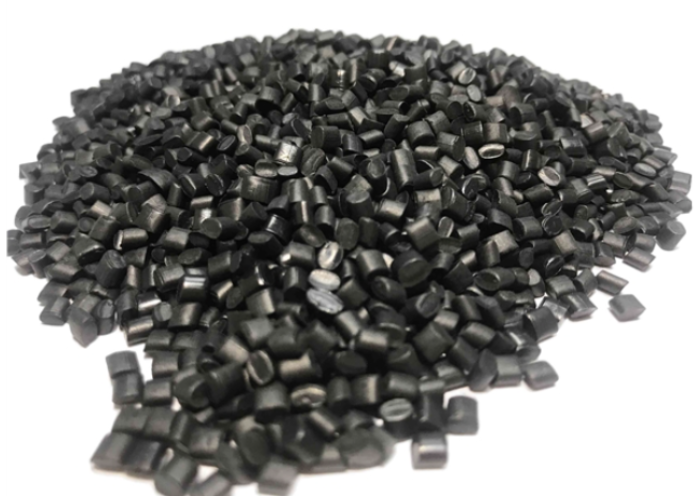October 31, 2024 – In the realm of the chemical industry, elastomers have garnered significant attention as a vital category of polymer materials, owing to their unique properties. Among them, thermoplastic elastomers (TPEs) stand out as the preferred choice across various sectors, thanks to their impeccable blend of plasticity and rubber-like characteristics.

TPEs, as the name suggests, can be molded when heated to a certain temperature and possess the remarkable ability to be reheated and reshaped multiple times. These materials not only exhibit rubber-like elasticity and performance but also offer the processing convenience and recyclability of thermoplastic plastics, effectively bridging the gap between plastics and rubbers. The diverse range of TPEs, including hydrogenated ethylene-butene rubber, polyamide, ethylene-vinyl acetate, polyolefin, and polyurethane, each boasts distinct application areas and advantages.
According to insights from the Color Masterbatch Industry Network, elastomers play a pivotal role in enhancing the toughness of polymers. The mechanisms explaining this effect primarily include the direct energy absorption theory, crack core theory, and the craze-shear band theory. When subjected to tension or impact, elastomers can absorb a substantial amount of energy, thereby increasing the material’s strength. Furthermore, elastomers act as stress concentration points, generating numerous small cracks. The propagation of these small cracks requires additional energy and can interfere with each other, reducing the stress at the crack tip and mitigating or halting crack development.
Particularly noteworthy is the craze-shear band theory. This theory posits that the primary reason for the toughening effect of elastomers is the abundant generation of crazes and shear bands, as well as their interactions. Crazes are a whitening phenomenon that occurs in polymers under stress, while shear bands represent local shear deformations in the material under stress concentration. Elastomer particles in the material serve as stress concentration centers, inducing a large number of crazes and shear bands. The generation and development of these crazes and shear bands consume significant energy, thereby enhancing the material’s toughness. Additionally, elastomer particles can control the development of crazes, timely terminating them to prevent them from evolving into destructive cracks.
However, the craze-shear band theory is not without its limitations. It overlooks the interaction between the continuous matrix phase and the dispersed elastomer phase. In reality, the interfacial properties of polymer multi-phase systems have a crucial impact on the performance of polymer materials. Therefore, in studying the toughening of polymers by elastomers, further exploration of the interaction mechanisms between the matrix and elastomers is necessary to better understand and optimize the toughening effect of elastomers.














